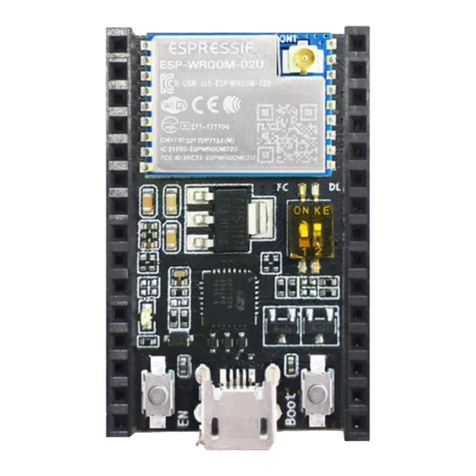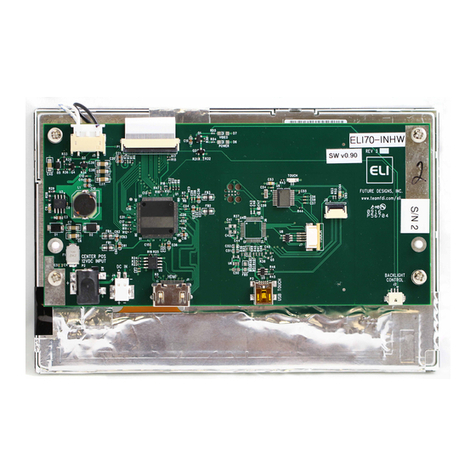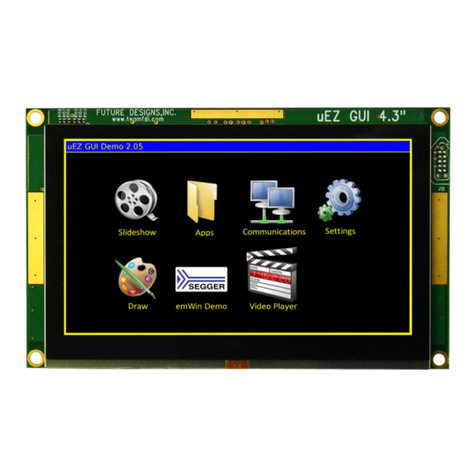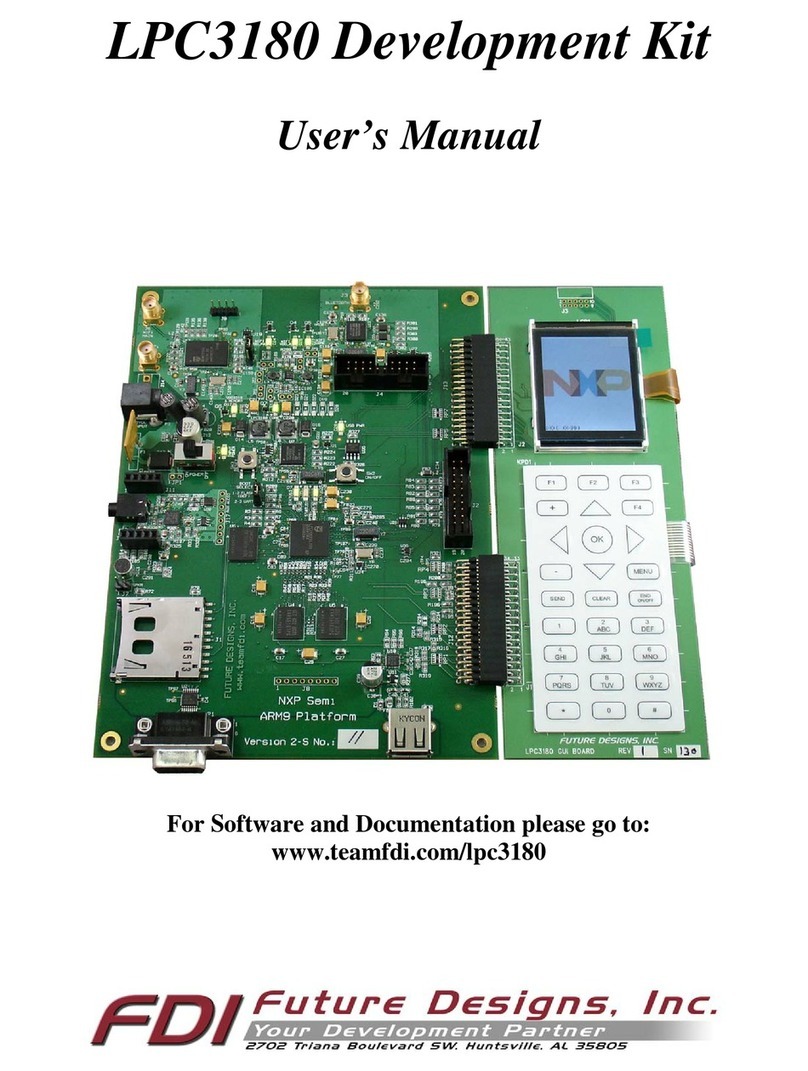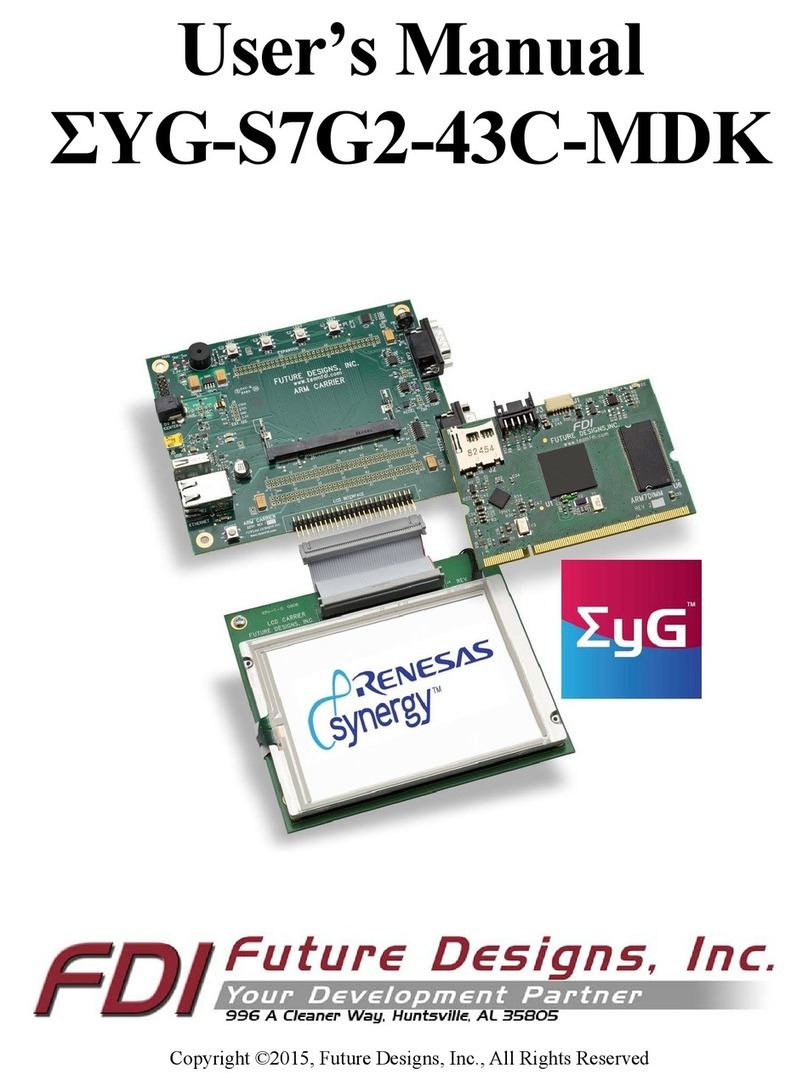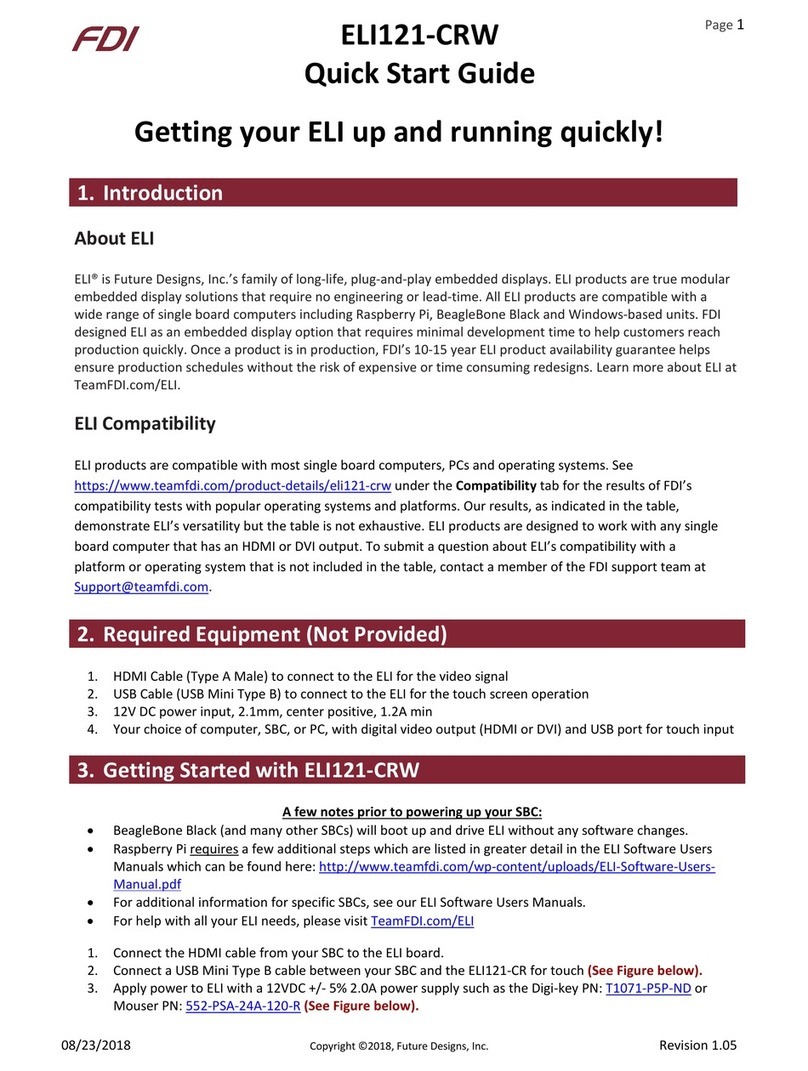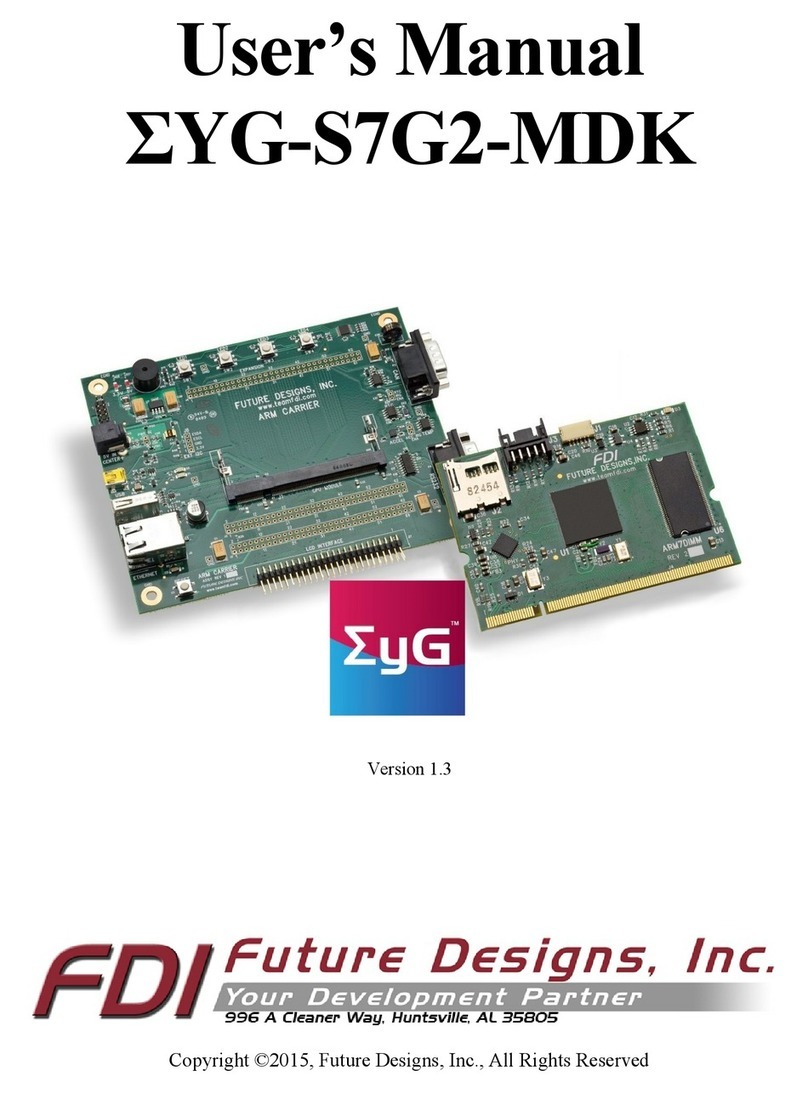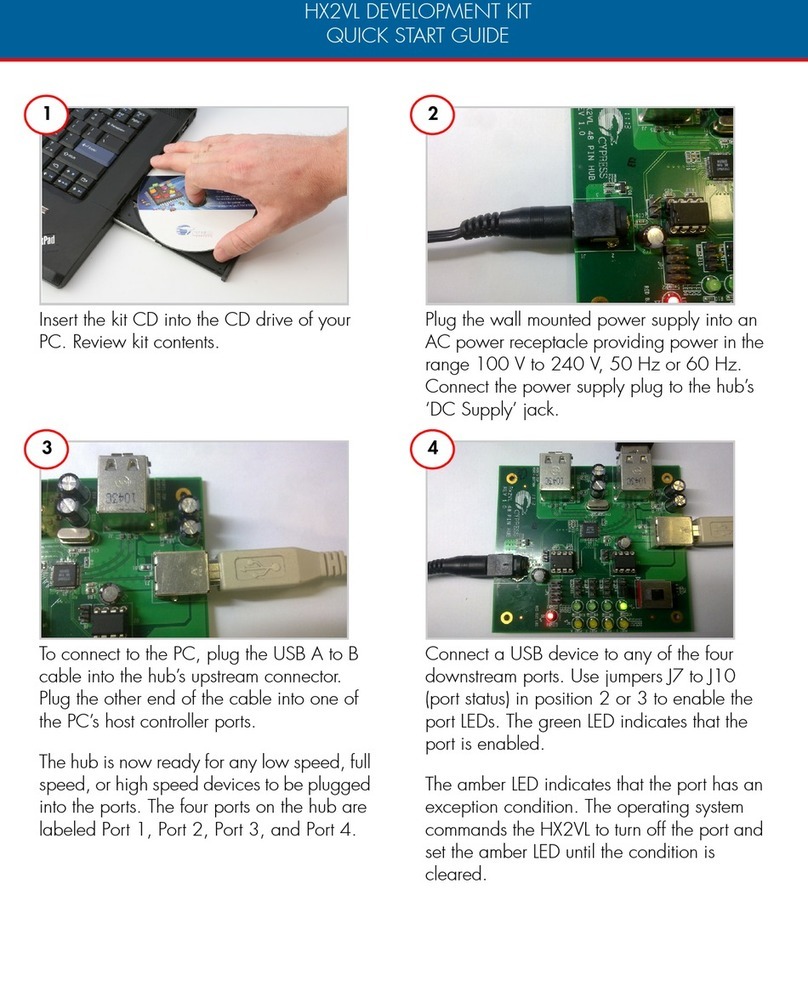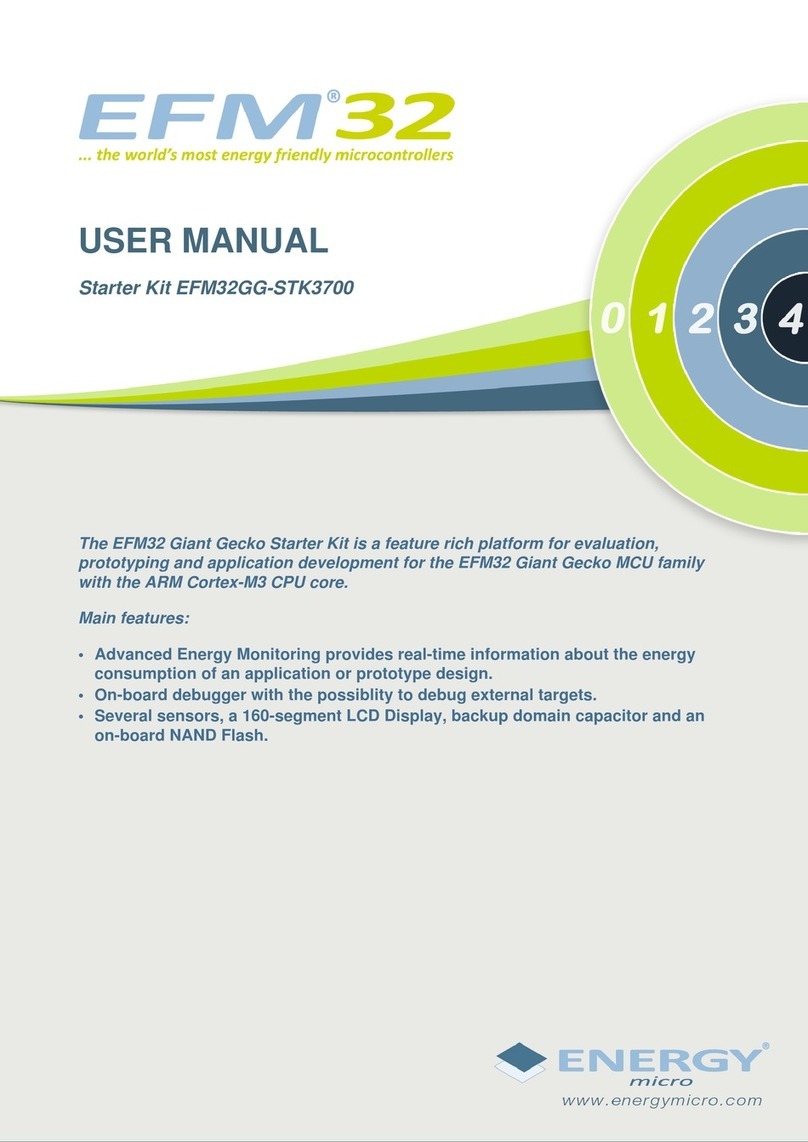
ΣYG-S7G2-70C-MDK User’s Manual
Copyright ©2017,
3
26
Table of Contents
Important Legal Information ......................................................................................................................................... 2
ΣyG-S7G2-70C Modular Development Kit (MDK) Overview ........................................................................ 5
1.1 Introduction ................................................................................................................................................... 5
1.2 ESD Warning ................................................................................................................................................ 5
1.3 Renesas Synergy S7G2 Microcontoller Block Diagram ............................................................................... 6
1.4 ΣyG-S7G2-70C-MDK System Block Diagram ............................................................................................ 7
1.5 Requirements ................................................................................................................................................. 8
1.6 ΣyG-S7G2 SOM Power Requirements ......................................................................................................... 8
Getting Started .................................................................................................................................................. 9
2.1 Setting up the Hardware ................................................................................................................................ 9
2.2 Demonstration Software .............................................................................................................................. 10
ΣyG-S7G2 SOM System on Module Board Components .............................................................................. 11
3.1 ARM Mini-JTAG J2 ................................................................................................................................... 11
3.2 Tag Connect J3 ............................................................................................................................................ 12
3.3 MicroSD Socket J1 ..................................................................................................................................... 12
3.3.1 Inserting the microSD card into the microSD socket .......................................................................... 13
3.3.2 Removing the microSD card from the microSD socket ...................................................................... 14
3.4 Ethernet PHY U5 ........................................................................................................................................ 14
3.5 200-pin SOMDIMM Connector Details J4 ................................................................................................. 15
Carrier Board Components.............................................................................................................................. 19
4.1 DC Power Input ........................................................................................................................................... 19
4.2 Alternate Power Input ................................................................................................................................. 19
4.3 USB Power Device ..................................................................................................................................... 19
4.4 USB Power Host ......................................................................................................................................... 20
4.5 Ethernet ....................................................................................................................................................... 21
4.6 CAN/RS485 ................................................................................................................................................ 21
4.7 RS232 .......................................................................................................................................................... 22

